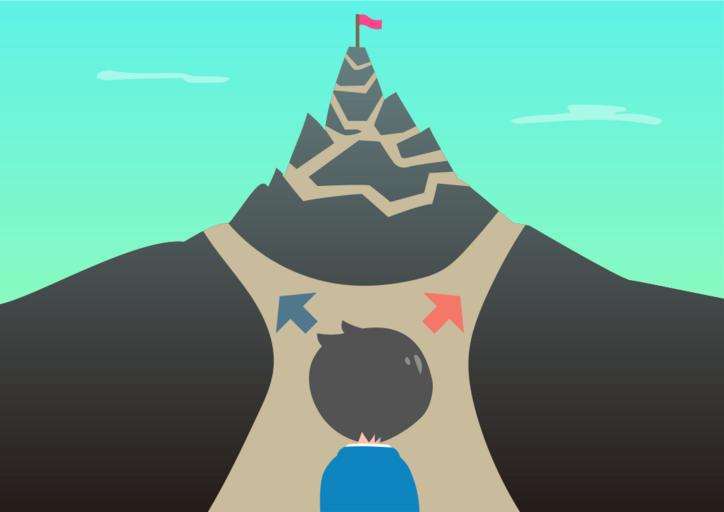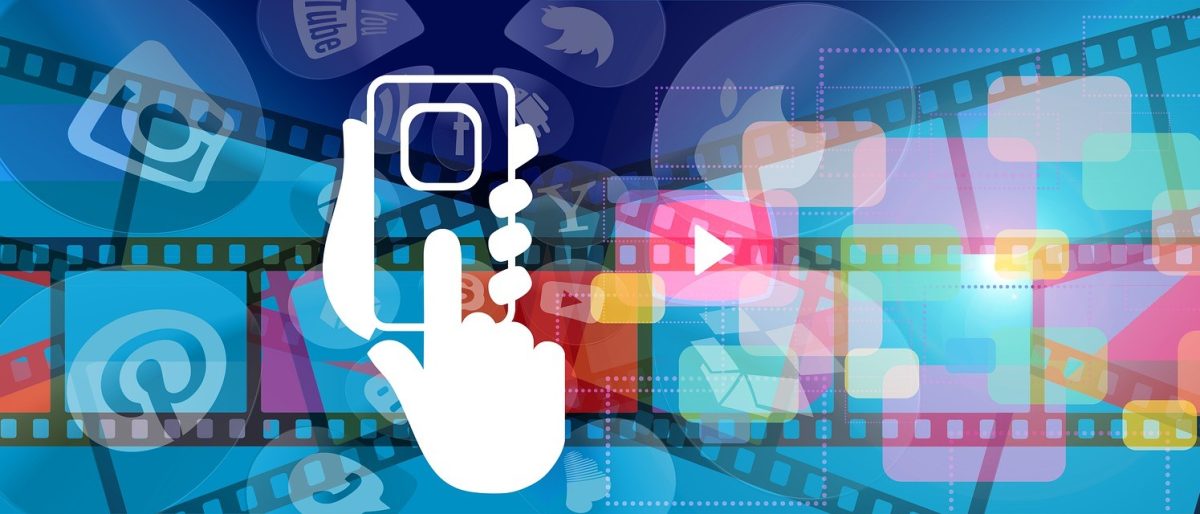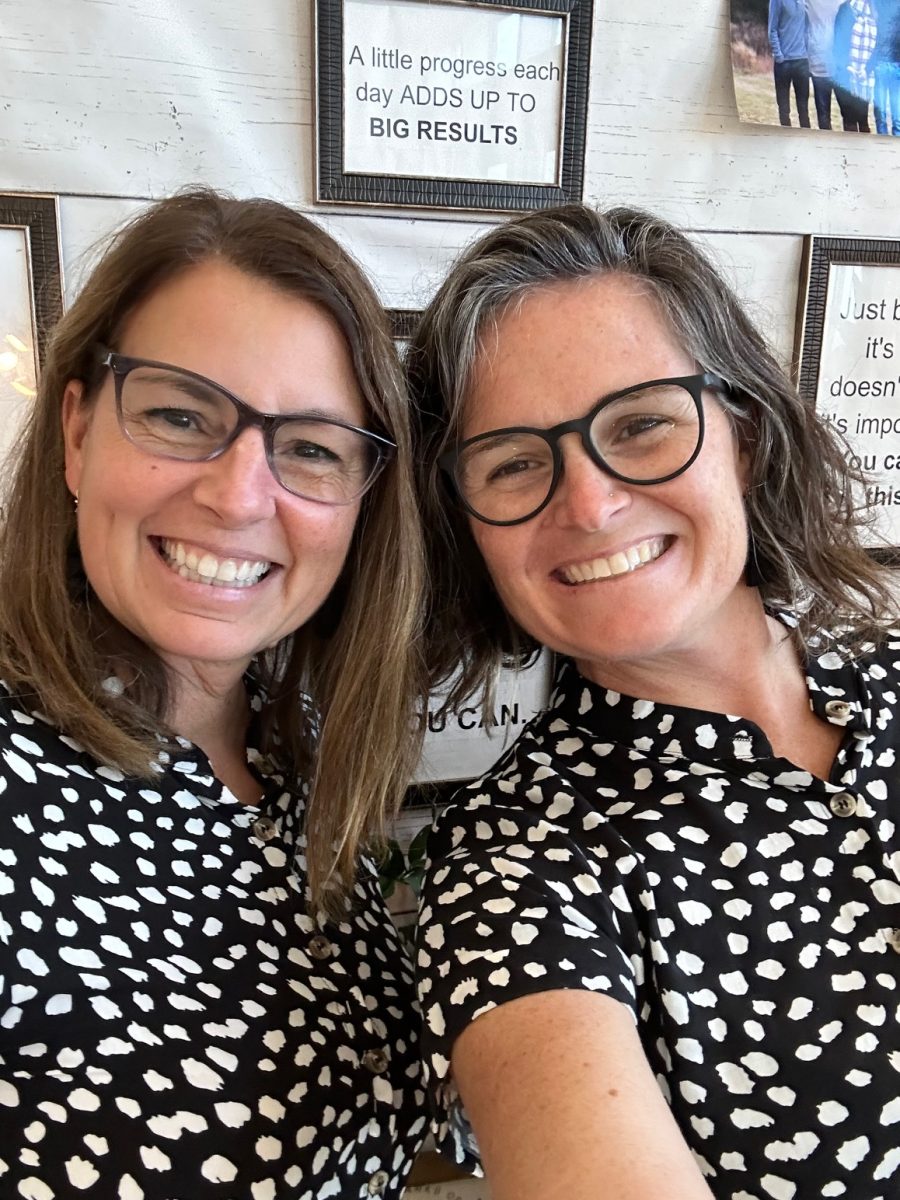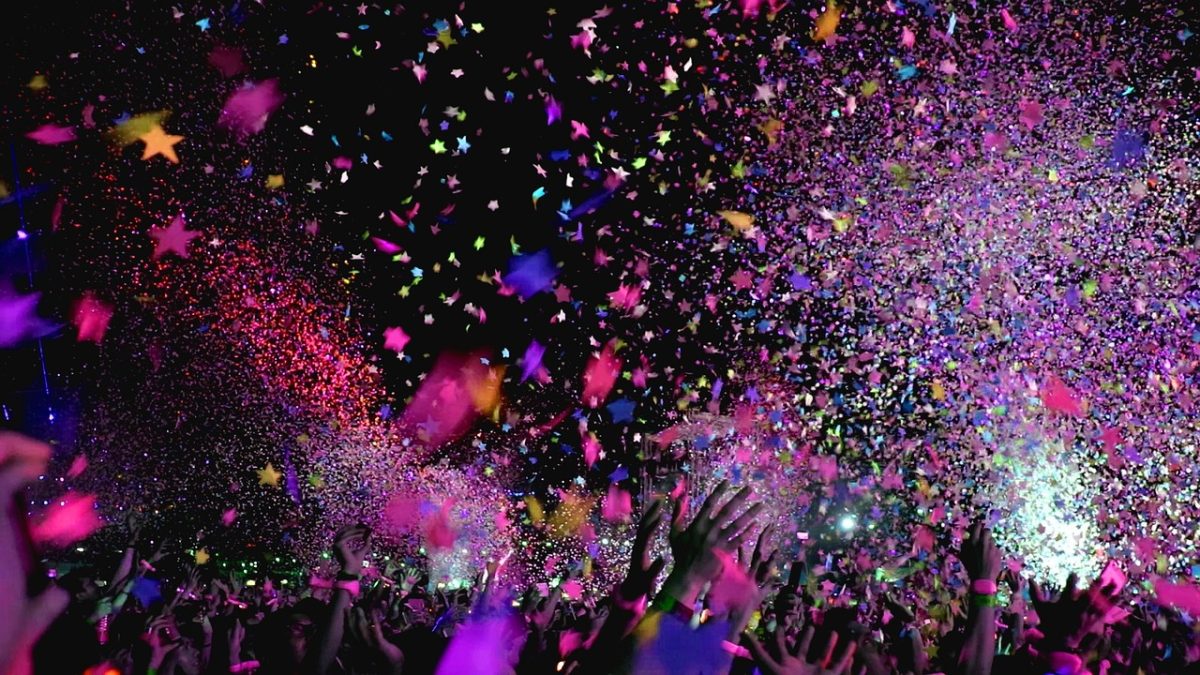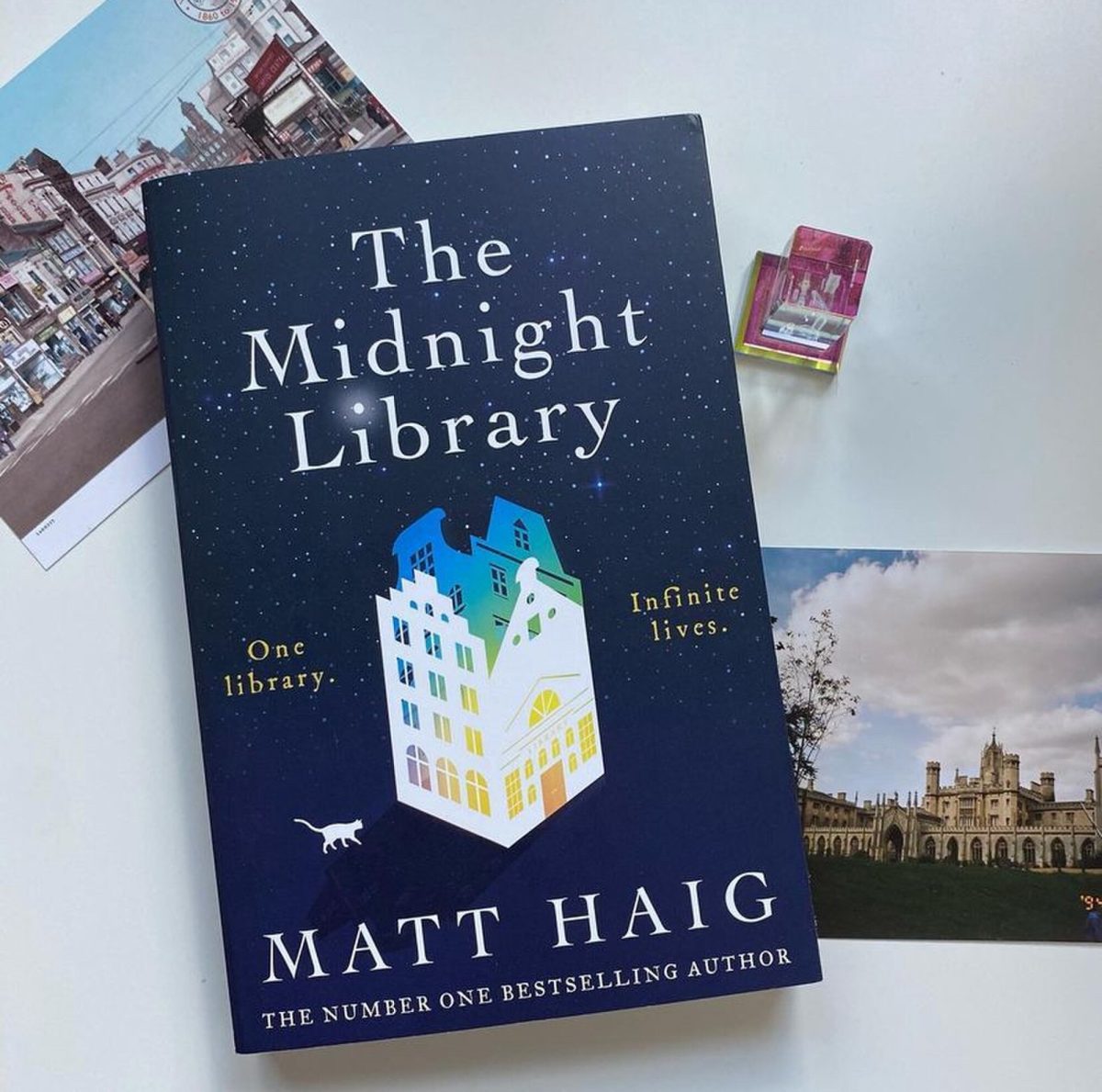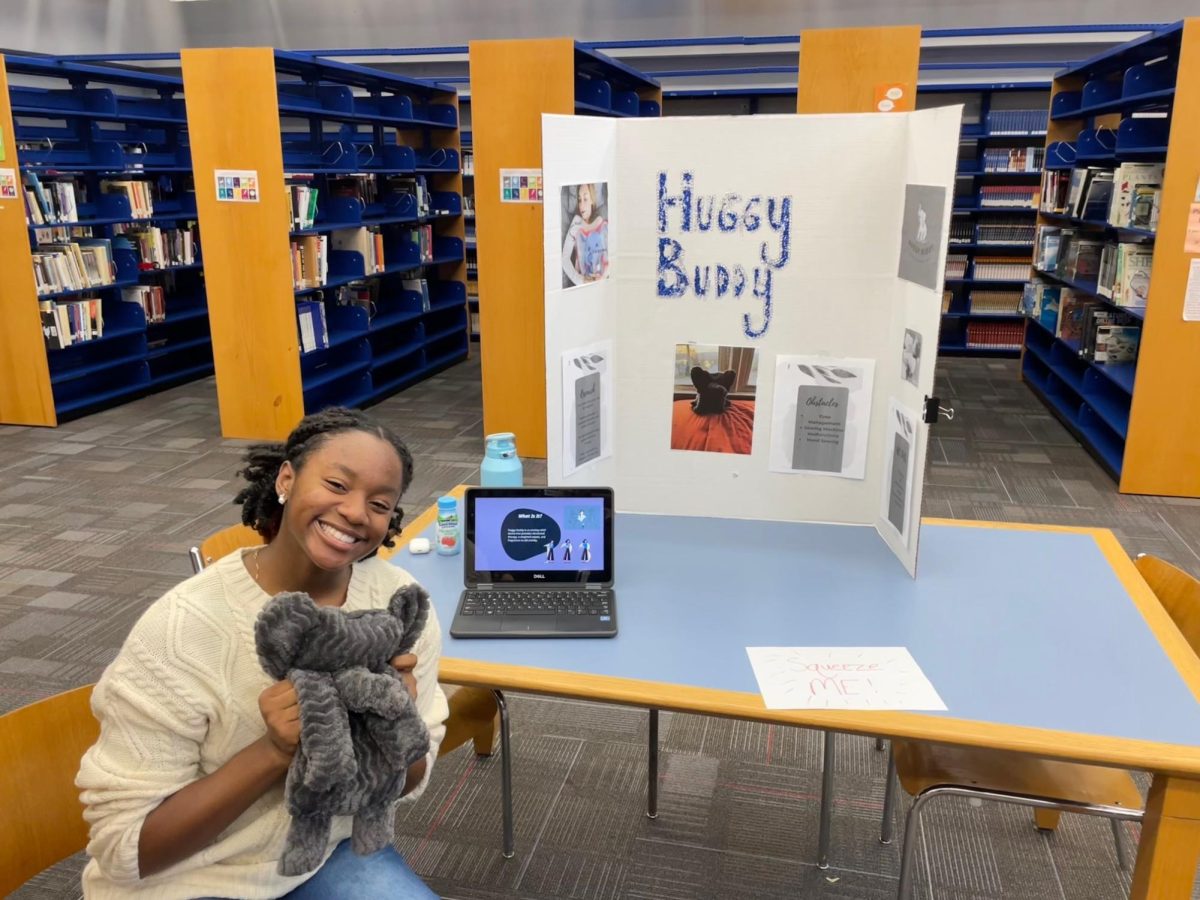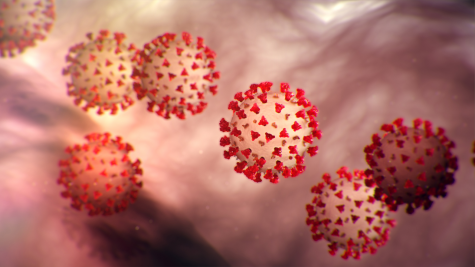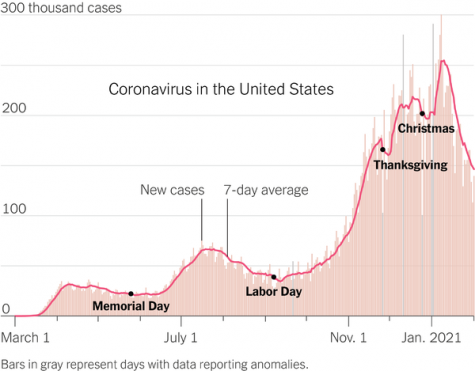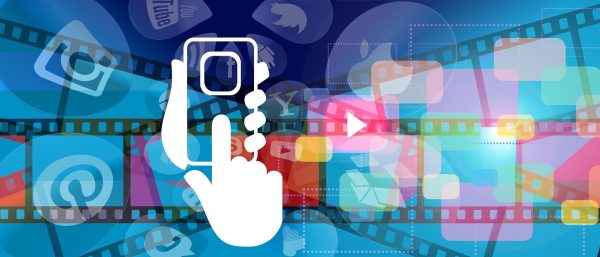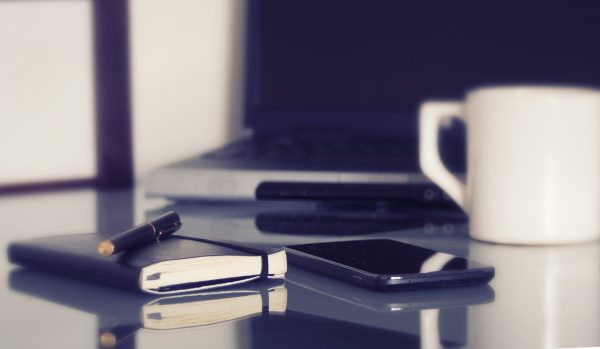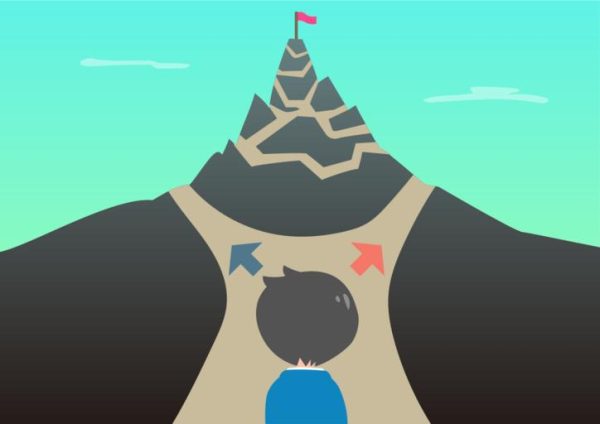Mental Health’s Assassin, Social Media
June 1, 2021
“My mental health would be a lot better if I did not have social media,” says Fitch High School freshman Isabelle Asciolla. Social media has taken a major toll on everyone’s mental health, but especially in teenagers and adolescents. Depression, anxiety, and isolation are among the many issues media users face.
Social media does have its benefits. These benefits can include creating new relationships and having easier access to communication, but according to recent studies, the negatives definitely outweigh the positives. The media is an outlet to ‘watch’ other peoples lives. A hard pill to swallow, though, is that the lives social media displays are filtered to look perfect. This fake perception of perfection is detrimental to the mental health of people, especially people of younger ages, because they compare their lives to the ones seen on social media. Instagram in particular is a large outlet for these made-up lives to be shared to viewers.
Lawrence Robinson and Melinda Smith, M.A., from the Help Guide, said, “While many of us enjoy staying connected on social media, excessive use can fuel feelings of anxiety, depression, isolation, and FOMO.” Researchers state that the rise in mental health illnesses is associated with the rising usage of social media. The National Center for Health Research states that, “Over 40% of adolescent girls and over 20% of adolescent boys report using social media for 3 or more hours per day.” People who spend more than three hours a day on their screen are at an extremely high risk and are vulnerable to obtaining a mental illness.
Social media promotes FOMO (the fear of missing out), isolation, loneliness, depression, anxiety, cyber-bullying, self-absorption, insecurities in the state of users’ lives and bodies, among other issues. All of these endorsements lead to extreme decreases in mental health. A study from 2020 had people deactivate from Facebook for a month, and the results found that after being off of social media they were, on average, less depressed and anxious. Not only that, but they were also more happy and satisfied.

Social media also greatly impacts people’s sleep schedules. Sleep schedules get off track because users stay up late on their screen. Many adolescents say they use their phone at night, even if it affects their sleep schedule, since they have FOMO. It has now become customary to answer messages quickly, and now people feel as if sleeping through the messages would be breaking this norm. Izzy Asciolla said, “My phone is on the pillow next to mine…If I wake up in the middle of the night that is the first thing I look at.”
Pew Research Center says social media is found everywhere in the lives of teens. Social media has a very negative impact on teens who already struggle with mental illnesses, but not all teens see the damage social media is doing to them and those around them. The National Center for Health Research stated, “Almost 25% of adolescents believe that social media has a mostly negative effect.” Teens these days have a lot more issues they come across that social media provides.
The Pew Research Center determined that one in six teens have experienced at least one of the following: name-calling, having false rumors spread about them, receiving unwanted explicit photos, getting physical threats, and having explicit images of them being shared without their consent. Cyber-bullying also is a major issue, with 72% of teens saying they have been cyber-bullied. Studies suggest that cyber-bullying is common because from behind a screen people feel as if their words do not affect the person on the other end. In reality though, cyber-bullying has a stronger correlation to suicide than face-to-face bullying.
91% of 16-24 year olds use social media. Right now the most popular media platforms are Snapchat, Instagram, Facebook, YouTube, Twitter, and TikTok. The Stress Management Society said, “Instagram was ranked the WORST social media network for mental health and well-being.” Instagram focuses on images of the ‘perfect life-style’. It is common though for people to Photoshop and use filters in order to appear ‘perfect’. This situation can create the toxic belief that appearances on social media are how others look in real life, so social media users compare their body and self to what they see online.
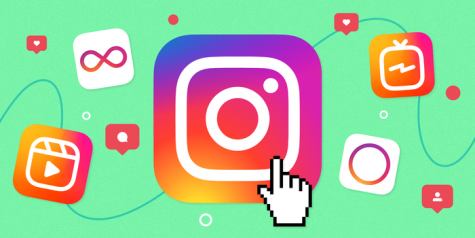
Anxiety, depression, and feeling inadequate can be effects of the harmful Instagram environment. When asked ‘What app is the most toxic,’ Asciolla responded with, “Definitely Instagram… because you see the parts of people’s lives that they want you to see and then you expect your life to be like that. I think that can get really toxic, especially for teenagers.” Seeing profiles of attractive people can lead to negative body image. Body image for girls and boys has really blown up because of social media and the material you can compare yourself to. Isabelle stated, “I think it is kind of impossible to completely avoid it,” when talking about comparison. She also said, “It makes me feel worse sometimes when I see influencers on Instagram and they look perfect, it will make me feel bad…” The most important thing to remember, especially on Instagram, is that what you see on social media is just small, good bits of their life. 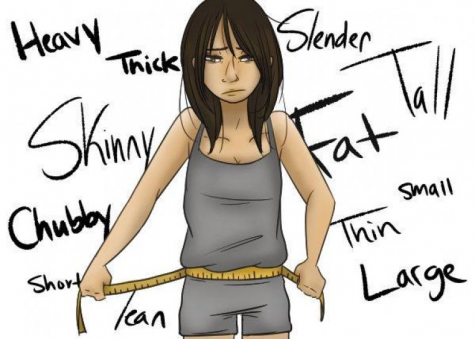
31% of adolescents in 2018 thought social media had a positive impact. The adolescent age is a time to bond with peers, which social media contributes to. Having a social connection eases stress, anxiety, and depression. Connections also boost self-worth, prevent loneliness, provide comfort and joy, and can actually add years to your life span. Relying just on social media for this is no comparison to physical interaction.
Other benefits of social media are the development of communication skills, making friends, pursuing interests, raising awareness on important issues, discovering information and expressing thoughts and ideas to the world. Izzy also brings up that, “It is nice that nowadays we have influencers that are similar ages to us and they share their experience with different mental health issues that I share, and it makes me feel a lot less alone in what I am going through.” Not all influencers are just posting entertaining content, but as Izzy said, they are helping others with their life struggles.
There are steps available that can be useful to decrease the amount of time spent on social media. You can set a time to stop using electronics, put your phone in a different room at night, pick a day of the week where you do not use any social media, turn off notifications, put your phone on gray scale, so it will be less tempting to look at, and lastly, take a break from apps that cause negative feelings.
Social media does have positives, but also many negatives towards mental health. According to the Help Guide, many people use social media as a security blanket to hide from their own real life problems. Dan Kurts (developer of Binky), says people only scroll through social media when they are bored, lonesome, and or in an awkward conversation. If you really think about the consequences of what few positives you get from scrolling endlessly on a screen, you may begin to rethink your relationship to social media.
Sources
Image #2: https://www.businessinsider.com/what-is-instagram-how-to-use-guide
Image #3: https://www.gbskenya.com/blog/post/6-ways-get-over-your-body-image-issues


